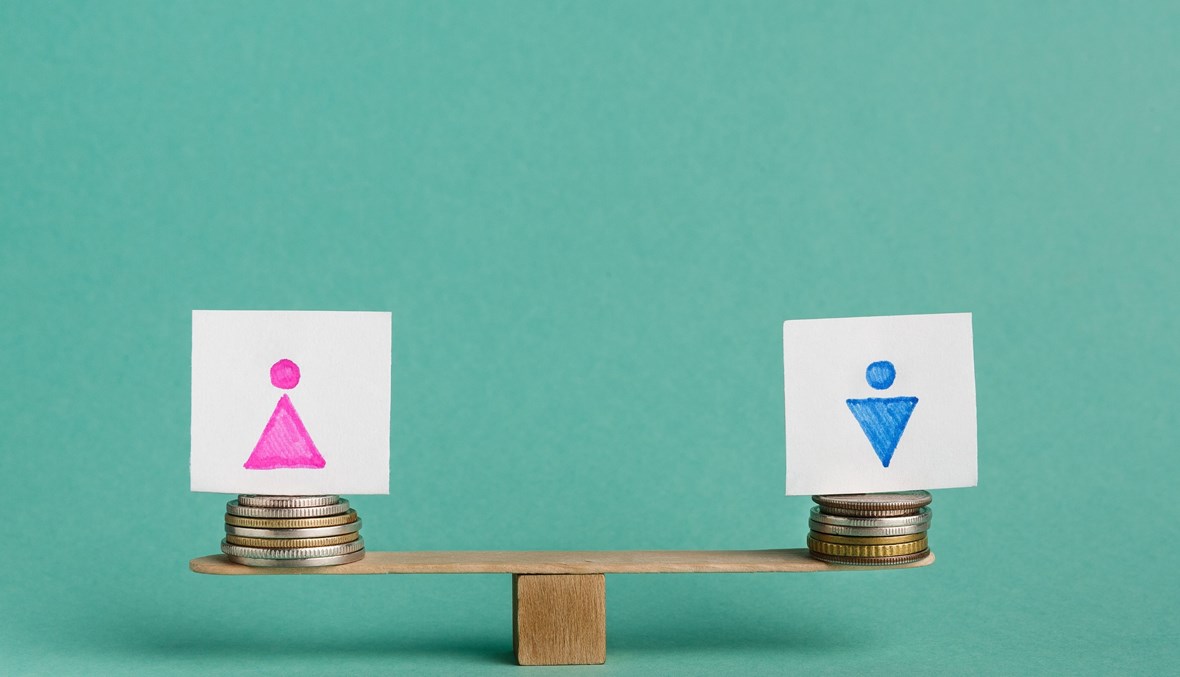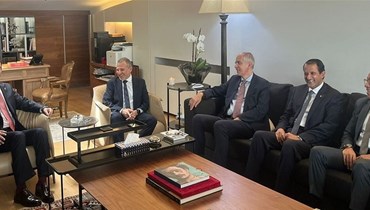NAYA| September 18: Commemorating the first International Equal Pay Day
BEIRUT: Countries across the world commemorated International Equal Pay Day for the first time on Friday. The newly set date acknowledges the efforts to ensure equal pay for equal work across the globe.
The International Equal Pay Day was established in 2019 by the UN General Assembly, which voiced deep concern over slow progress in women’s economic empowerment, the undervaluing of work traditionally held by women, and the difficulties in tackling pay inequality.
The General Assembly urged action to reach the goal of equal pay for work of equal value for all and encouraged all stakeholders to continue to support the goal of equal pay for work of equal value.
Women’s unequal status at work “feeds inequality” in other areas of their lives, UN Secretary-General António Guterres said in a message.
“Women’s jobs are less likely to come with benefits like health insurance and paid time off. Even when women are entitled to a pension, lower salaries mean lower payments in their old age,” he said.
Although a lot of governmental encouragement to set targets and outline strategies were implemented around the world, Lebanon still has one of the highest overall gender gaps in the world, ranking 139 out of 153 countries in the World Economic Forum Gender Gap report 2020.
Lebanon also ranks amongst the lowest global rates of women’s labor market participation, hovering at 29% for women and 76% for men. Yet, the government is committed to increasing women’s labor force participation by 5% over the next 5 years.
According to UN Women, in spite of significant progress in women’s education and higher female labor market participation rates in many countries, closing the gender pay gap has been a slow process.
At the current pace, it could take 257 years to achieve economic gender parity.
Women workers’ average pay is generally lower than men’s in all countries, across all sectors, for all levels of education, and age groups. While gender pay gap estimates can vary substantially across regions and even within countries. Higher-income countries tend to have lower levels of wage inequality compared to low and middle-income countries.
However, estimates of the gender pay gap understate the real extent of the issue, particularly in developing countries, because of the lack of information about informal economies, which are disproportionately made up of women workers, so the full picture is likely worse than what the available data shows us, says the UN agency.
---
Welcome to NAYA. This section aims at fortifying Lebanese women’s voices by highlighting their talents, challenges, innovations, and women’s empowerment. We will also be reporting on the world of work, family, style, health, and culture. NAYA is devoted to women of all generations — #Naya Editor, Sally Farhat: [email protected]
Naya on Social Media:
Twitter: @BeirutNaya
Instagram: @NayaBeirut


 اشترِك في نشرتنا الإخبارية
اشترِك في نشرتنا الإخبارية












